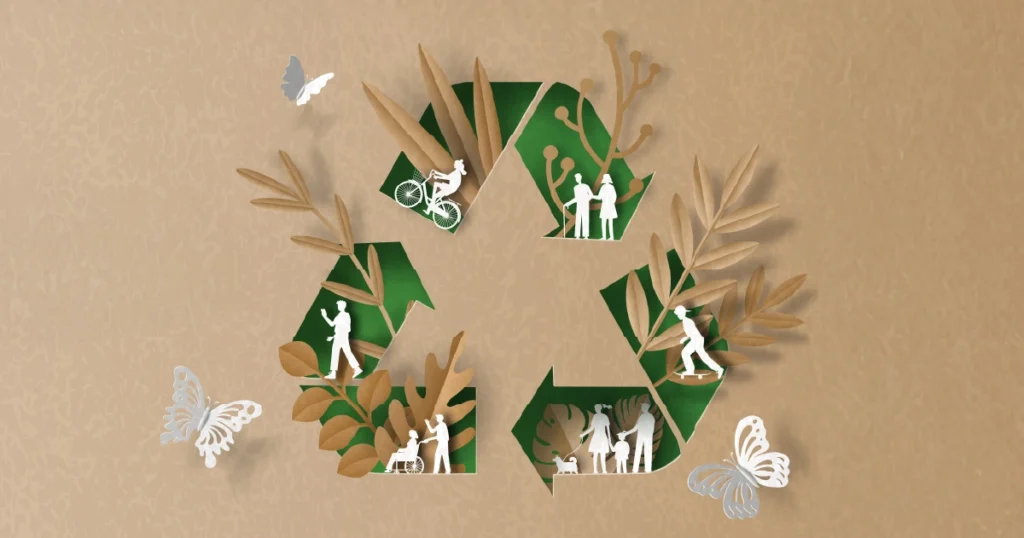Introduction
Animal rights assert that animals, as sentient beings, are entitled to live free from cruelty, exploitation, and neglect. Whether in homes, farms, laboratories, or the wild, our treatment of animals speaks volumes about our values, ethics, and understanding of sustainability. Beyond compassion, ensuring animal welfare also supports environmental health, economic stability, and disease prevention.
As global awareness grows around issues like biodiversity loss and zoonotic diseases, the role of animal protection becomes increasingly vital. The key question remains: how can we best protect and respect animals in our modern, interconnected world?
Defining Animal Rights and Welfare
Animal rights emphasize an animal’s intrinsic right to life, liberty, and freedom from human use or harm. Animal welfare, in contrast, recognizes that while some human-animal relationships may be unavoidable—such as farming or pet ownership—animals must be treated with dignity and care.
The globally accepted “Five Freedoms” define the essential needs of animals in human care [1]:
- Freedom from hunger and thirst
- Freedom from discomfort
- Freedom from pain, injury, or disease
- Freedom to express normal behavior
- Freedom from fear and distress
These principles provide a humane baseline for evaluating practices in agriculture, research, and domestic animal care.
Why Animal Welfare Matters
Ethical Imperative
Animals experience complex emotions and pain, making humane treatment a moral duty. Ethical societies must consider the rights of those without a voice and ensure they are not exploited for convenience or profit.
Public Health Protection
Animals raised or handled in poor welfare conditions can become vectors for zoonotic diseases. The origins of COVID-19, SARS, and avian flu are closely tied to wildlife exploitation and intensive animal farming, making animal welfare a public health priority [2].
Environmental Stability
Industrial-scale farming depletes natural resources, contributes to deforestation, and pollutes ecosystems. Improving welfare conditions—such as giving livestock adequate space and reducing overcrowding—can mitigate these environmental impacts [3].
Economic Efficiency
Animals treated humanely are less stressed, leading to better immunity, reduced reliance on antibiotics, and improved product quality. Businesses benefit from increased consumer trust and access to higher-value markets [4].
Strategies for Protection and Respect
1. Strengthen Legal Frameworks
Comprehensive animal welfare laws must be implemented and enforced globally. In the EU, policies regulate the conditions of animal transport, slaughter, and on-farm treatment [5]. Yet gaps remain, particularly in developing nations, underscoring the need for international alignment.
2. Reform Agricultural Systems
Transitioning to humane farming involves:
- Allowing animals to roam or graze freely
- Minimizing painful procedures
- Providing veterinary oversight and environmental enrichment
These practices support animal welfare and make farms more resilient to climate and disease stress [6].
3. Prioritize Wildlife Conservation
Safeguarding wild species is essential for biodiversity and ecological balance. Effective strategies include:
- Enforcing anti-poaching laws
- Preserving natural habitats
- Promoting coexistence with local communities
Such measures prevent ecosystem collapse and reduce human-wildlife conflict [7].
4. Encourage Responsible Pet Ownership
Caring for pets responsibly includes proper nutrition, medical care, social interaction, and shelter. Spaying and neutering also help prevent overpopulation and reduce the burden on animal shelters [8].
5. Foster Education and Awareness
Educating children and adults alike about animal needs, behavior, and ethics builds empathy and promotes long-term societal change. Schools, media, and veterinary programs all have roles to play in creating a culture of respect.
The One Health Approach
The One Health framework integrates human, animal, and environmental health, recognizing their interdependence. By improving animal welfare, we reduce disease risks, support food system sustainability, and maintain biodiversity [2]. This collaborative model is vital for tackling global challenges like pandemics, antimicrobial resistance, and climate change.
Conclusion
Promoting animal rights through welfare, protection, and ethical responsibility is more than a moral issue—it’s a strategic imperative. Through stronger laws, humane farming, wildlife conservation, and education, we can create systems that value all forms of life. The One Health approach reinforces the truth: protecting animals is protecting ourselves and our shared future.
References
- RSPCA Australia. (2021). What are the Five Freedoms of animal welfare? Retrieved from https://kb.rspca.org.au/knowledge-base/what-are-the-five-freedoms-of-animal-welfare/
- World Organisation for Animal Health (WOAH). (n.d.). One Health. Retrieved from https://www.woah.org/en/what-we-do/global-initiatives/one-health/
- World Federation for Animals. (2023). Animal welfare at the heart of sustainable development: A transformative nexus. Retrieved from https://wfa.org/animal-welfare-at-the-heart-of-sustainable-development-a-transformative-nexus/
- Eurogroup for Animals. (2025). Animal welfare, economic prosperity: unlocking shared opportunities. Retrieved from
https://www.eurogroupforanimals.org/files/eurogroupforanimals/2025-02/2025_02_efa_Animal_welfare_economic_prosperity_report_0.pdf - European Commission. (2023). Animal welfare protection in the EU. Retrieved from
https://www.europarl.europa.eu/RegData/etudes/BRIE/2023/747131/EPRS_
BRI%282023%29747131_EN.pdf - World Organisation for Animal Health (WOAH), no date. Codes and manuals. [online] Available at: https://www.woah.org/en/what-we-do/standards/codes-and-manuals/
- Gupta, S., et al. (2023). Wildlife Conservation and Management: Challenges and Strategies. Uttar Pradesh Journal of Zoology, 44(24), 280–286. [online] Available at: https://www.researchgate.net/publication/377178656_Wildlife
_Conservation_and_Management_Challenges_and_Strategies - FEDIAF. (n.d.). Responsible pet ownership. Retrieved from https://europeanpetfood.org/pets-in-society/responsible-pet-ownership/













